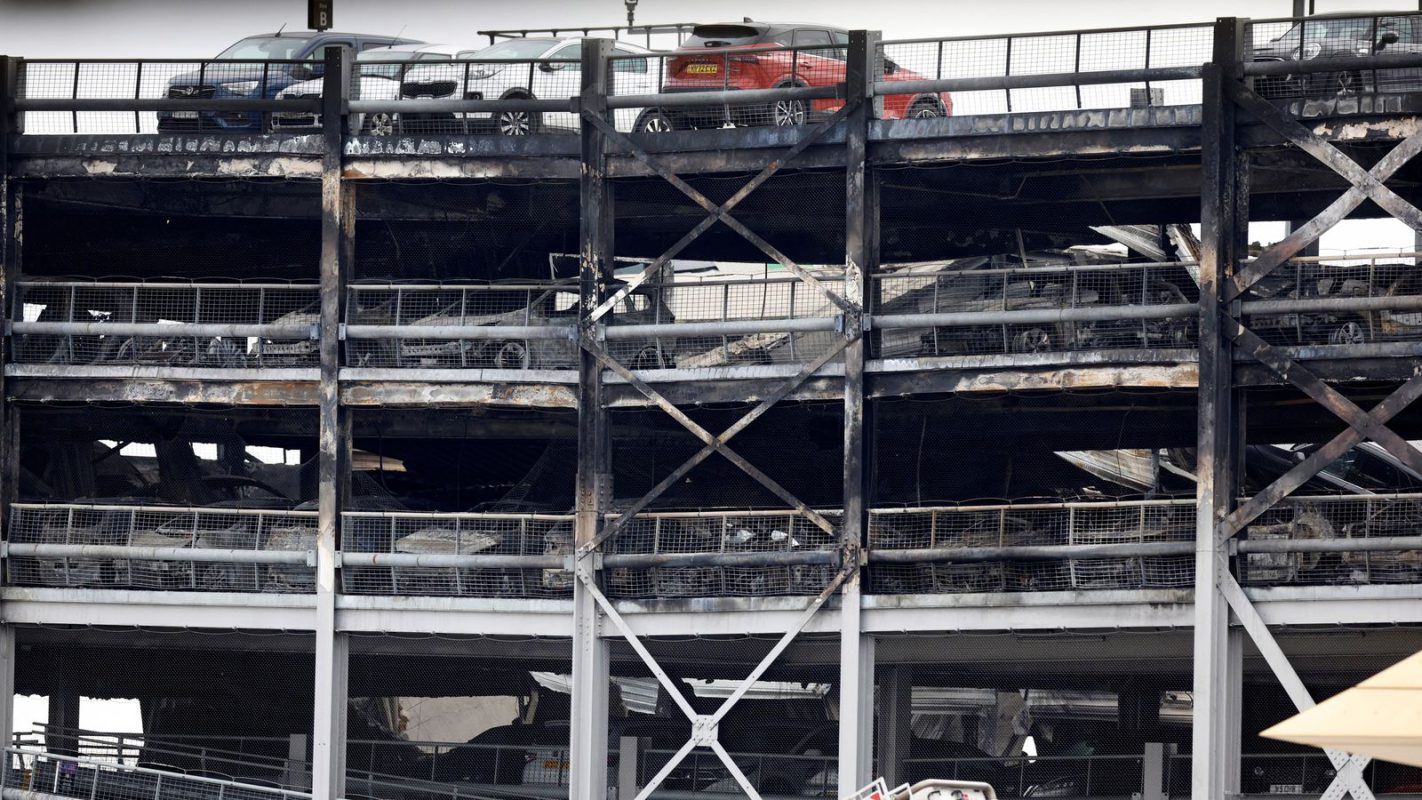Lessons in Resilience from a Tumultuous Spring Part 1
From the widescale blackout that paralyzed Spain and Portugal, to the shutdown of Europe’s busiest airport, to a wave of cyberattacks targeting retailers, the past few months have once again shown just how dependent modern society is on infrastructure and interconnected systems. It’s also shown the resilience of people to act and collaborate to make the best of a situation by supporting one another.
We’ll examine how organizations responded, where resilience held, and where it fractured. We’ll draw insights not just from failures, but from what worked, highlighting good practices, overlooked risks, and the growing importance of testing resilience before the real world does it for you.
Blackouts, breakdowns, and the fragility of modern systems
On April 28, 2025, a vast and sudden blackout swept across Spain and Portugal, affecting an estimated 58 million people and grinding major cities to a halt. The economic toll is still being counted, but estimates place the damage well into the billions of Euros. The cause appears to be a large-scale failure in power generation, though investigations continue.
When the power grid went down across the Iberian Peninsula, the impact was immediate and far-reaching. What began as a technical fault cascaded into a multi-sector crisis — halting trains, grounding planes, disabling payment systems, and disrupting essential services This wasn’t just a power failure, it was a live stress test of national infrastructure and societal readiness. And while the response in many areas was commendable, the disruption revealed just how brittle some of our modern systems have become.
Coordination that contained a crisis
The immediate response fell to REDEIA (Spain’s grid operator) and REN (Portugal’s counterpart). Their collaboration was prompt and largely effective: cross-border communication channels were active, monitoring efforts were coordinated, and core grid services began to recover within hours. By the following morning, most of the supply had been restored.
But even a successful containment operation exposed underlying fragilities. Some regions experienced prolonged outages and local operators lacked access to timely updates. The disparities across local areas highlighted uneven resilience readiness.
Infrastructure strains and interconnected failures
The blackout triggered a domino effect across critical services. Airports were forced to suspend operations, stranding travelers and disrupting logistics. ATMs and payment terminals went offline, halting retail transactions and leaving many without access to essentials. Petrol stations that lacked backup power couldn’t pump fuel, and those that remained online were quickly overwhelmed. Traffic lights failed and trains were halted across the region.
These knock-on effects reveal how dependent society has become on tightly coupled, digitally driven infrastructure. When one system falters, others quickly follow, and without robust contingency plans, the disruption compounds rapidly.
Yet some sectors weathered the disruption better than others. Many hospitals, for example, remained operational thanks to robust backup systems. This stark contrast reveals the uneven state of resilience across sectors. Hospitals stayed operational thanks to tested continuity plans and backup power. In other areas, the lack of preparation turned disruption into crisis. This clearly highlights that resilience isn’t just about recovery, it’s about readiness when it matters most.

Progress, but gaps remain
Spain and Portugal showed that collaboration, coordination, and community resilience can contain the worst of a major infrastructure crisis. But the outage also exposed the limits of even well-planned systems under real-world pressure. Fragmented information flows, technical weak points, and an overreliance on digital services all left citizens and responders navigating the unknown.
A key takeaway is that resilience isn’t just about restoring power, it’s about recognising how far the disruption spreads and ensuring every layer of society, from frontline workers to local councils are ready to respond when the lights go out.
The new rules are set to take effect on January 1, 2025. A transitional period will be provided for CTPs to comply with specific requirements. If you would like to discuss how we can help your organ ization improve business continuity or prepare for stricter resilience regulations contact us today.
How has Sweden prepared for a a mandated blackout?
Sweden’s 290 municipalities map and rank critical services across seven priority levels using the Styrel system. Introduced in 2011, it ensures that electricity is preserved for vital functions, like hospitals, and emergency services, during a mandated blackout. The system enables energy providers to make informed stepwise disconnection decisions, across a municipality, region or the country. Prioritisation ranges from life-threatening impacts within hours to longer-term societal, economic, and cultural considerations.







